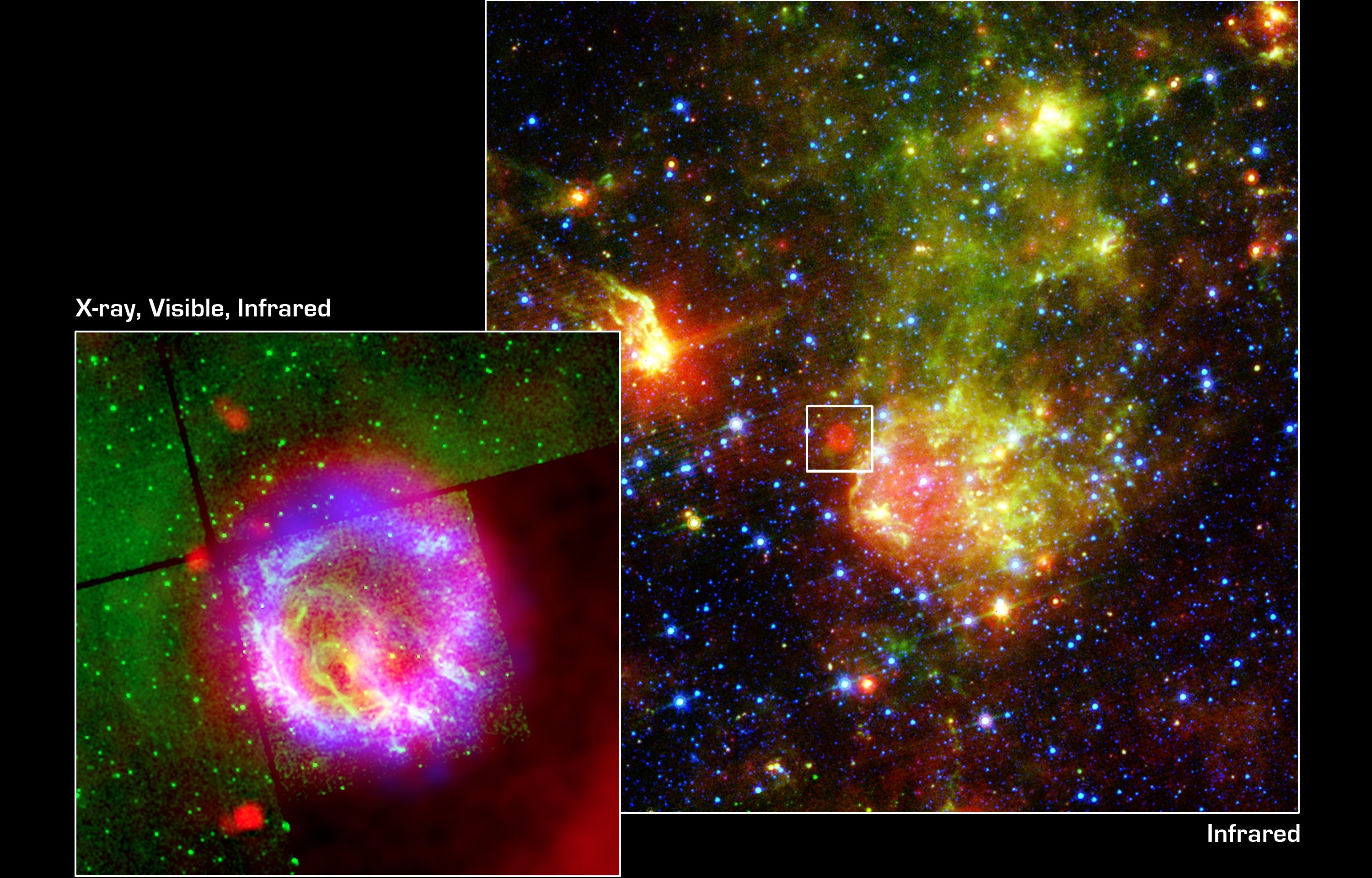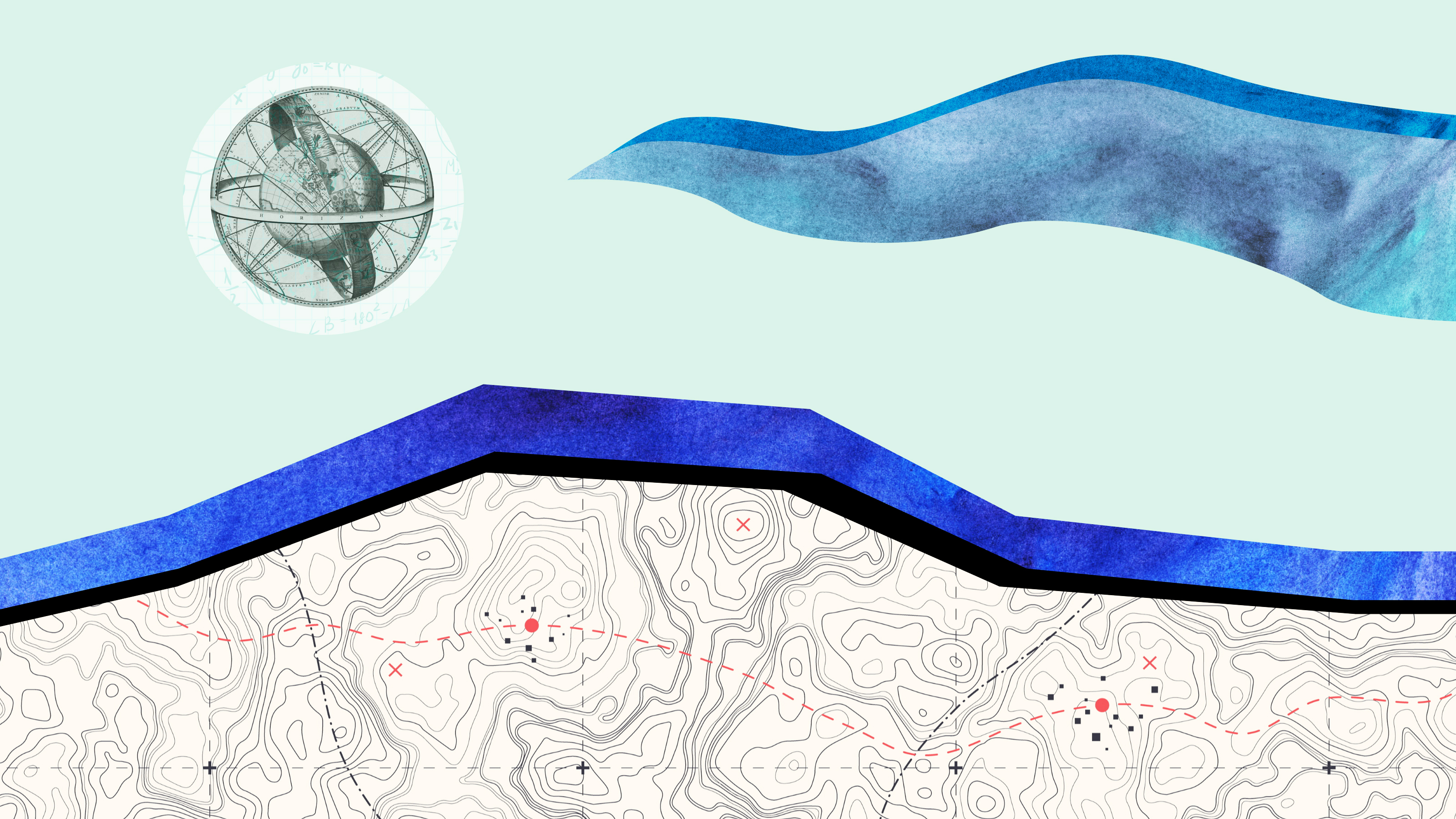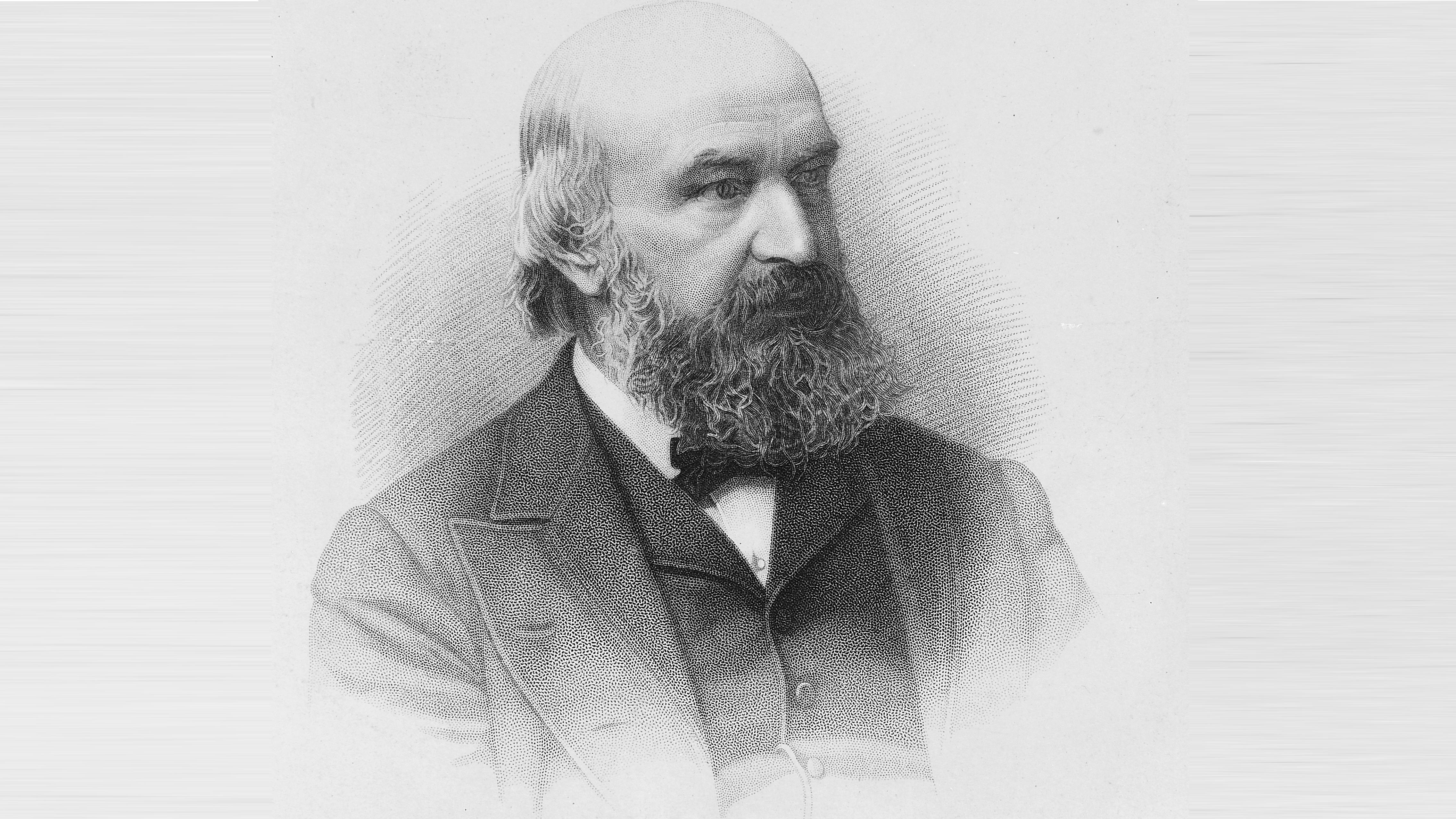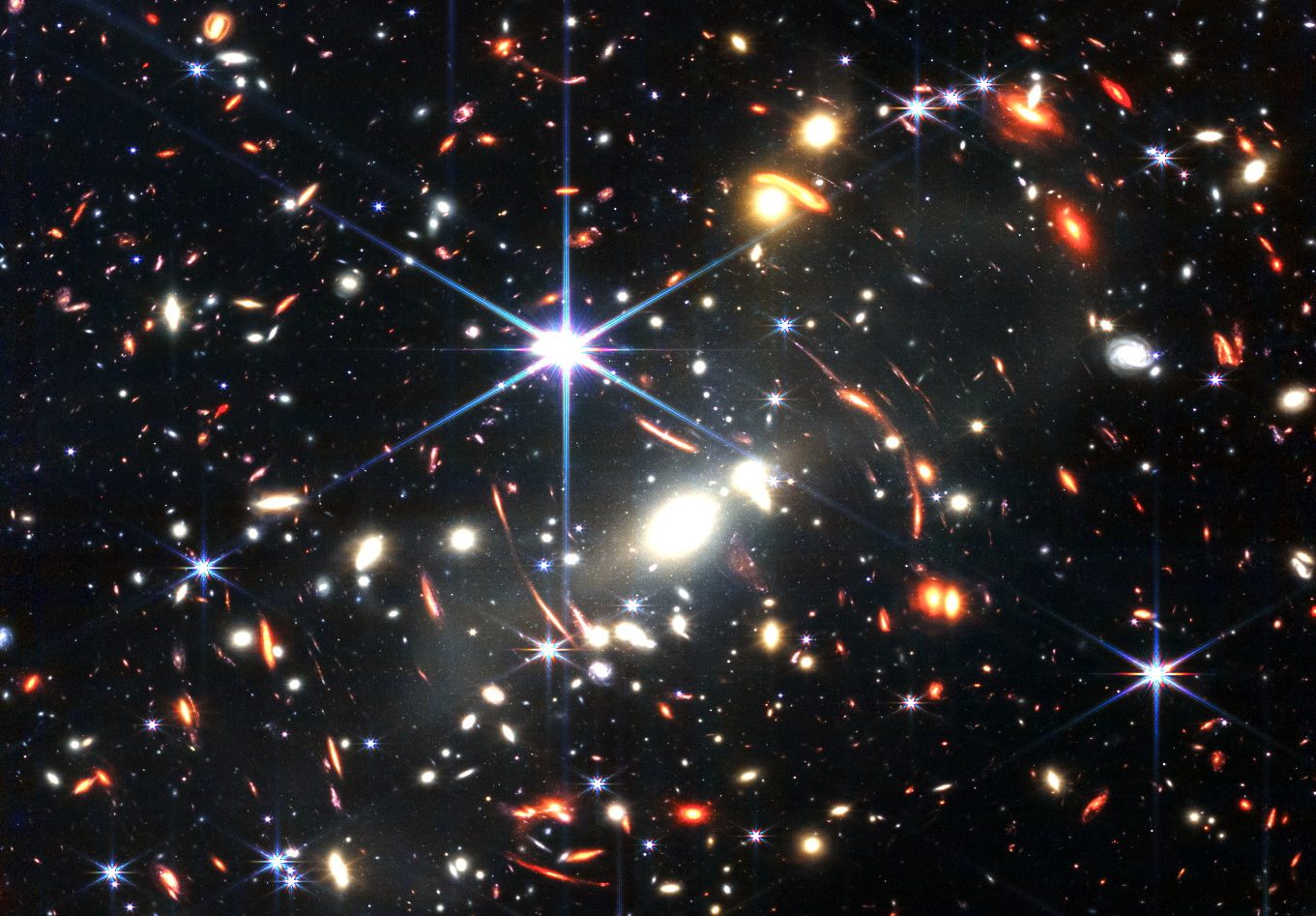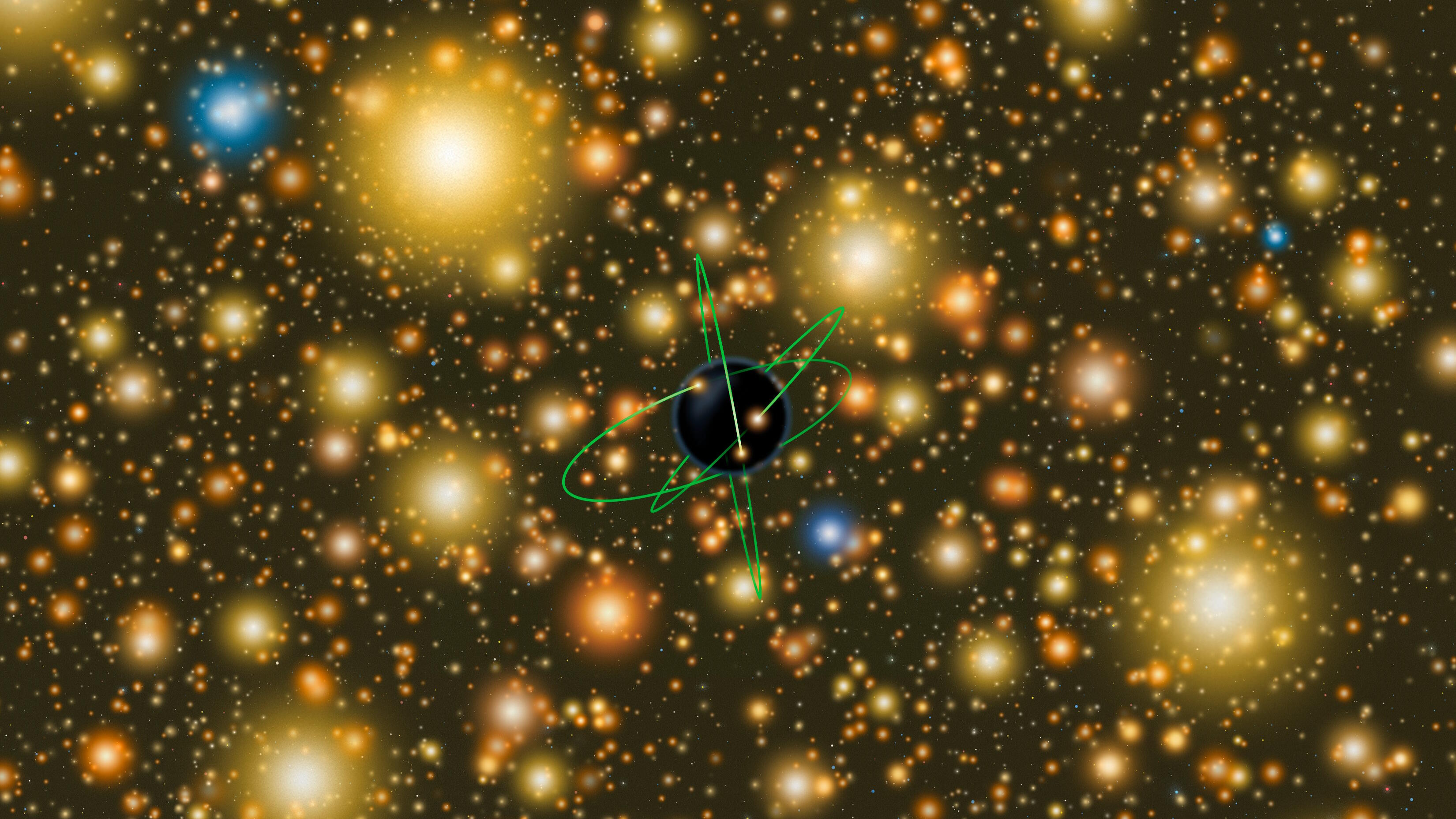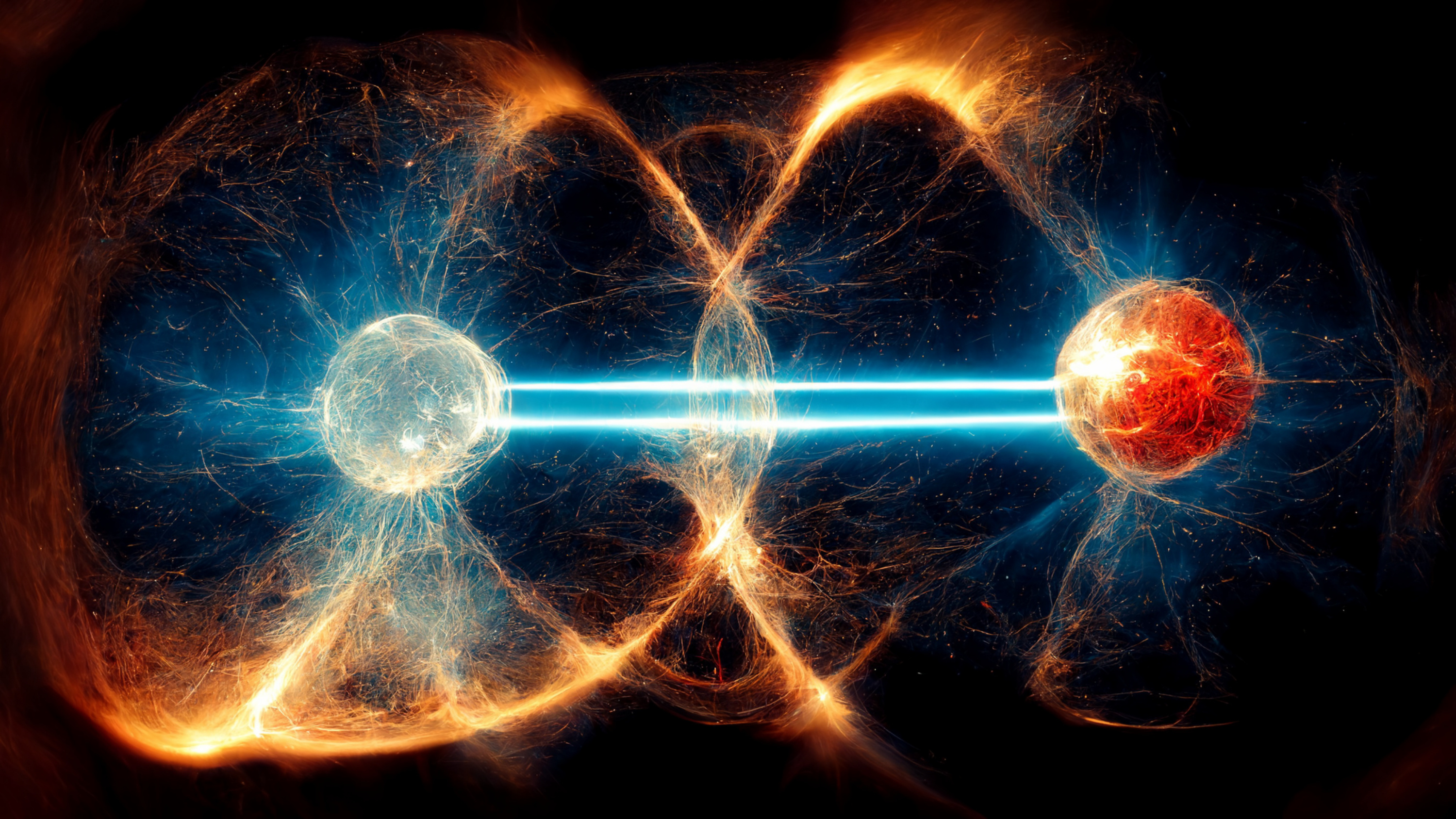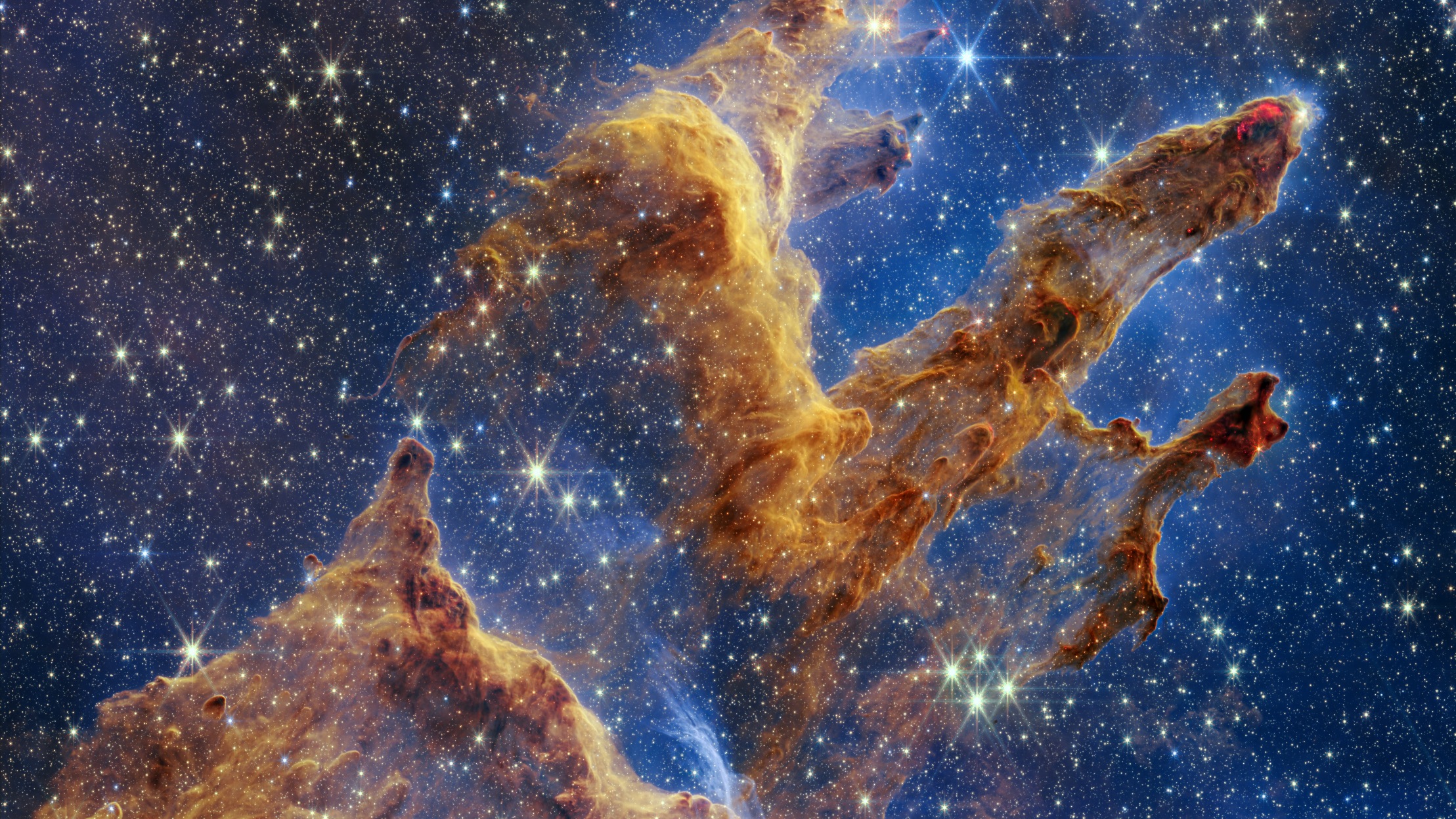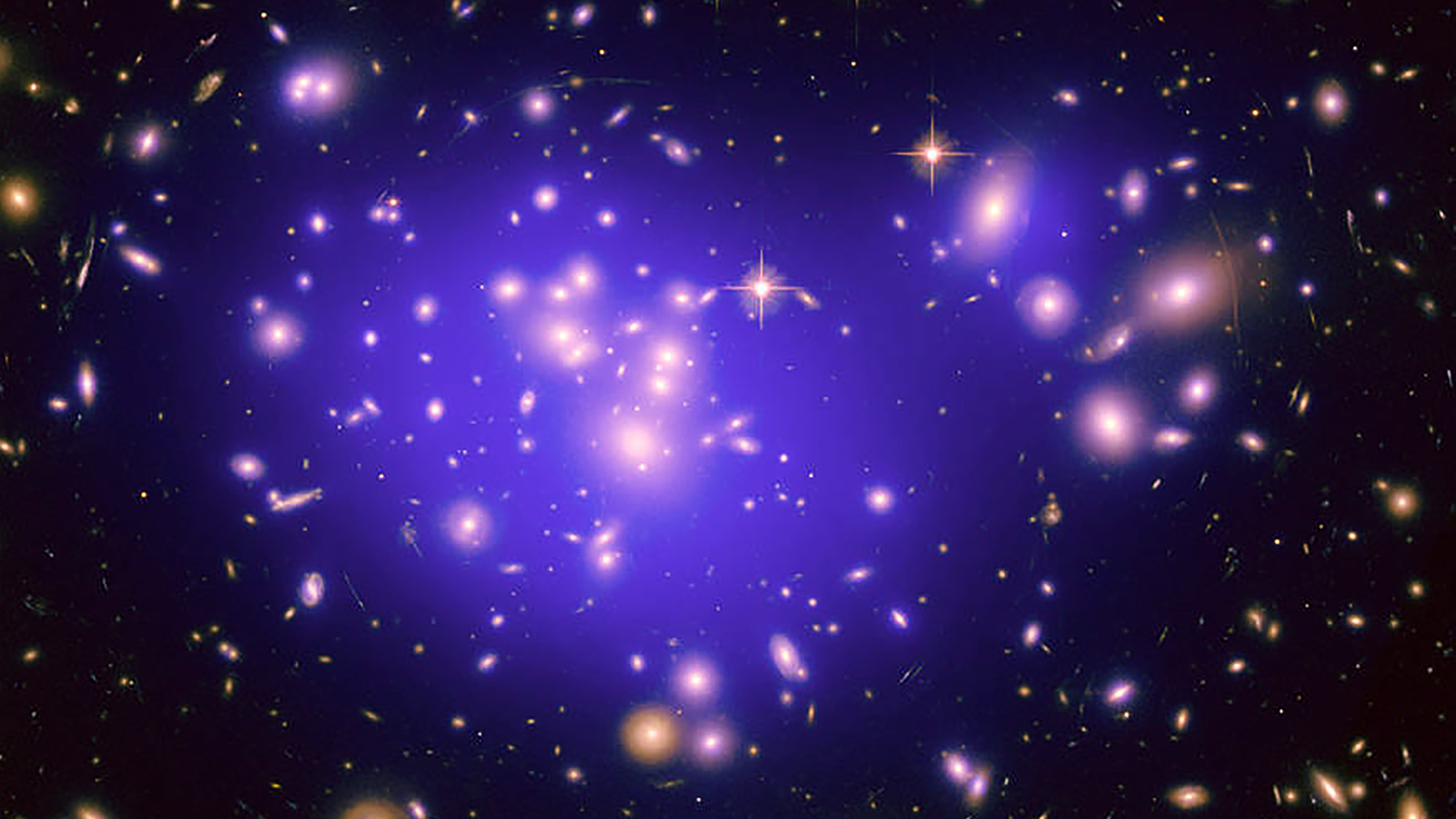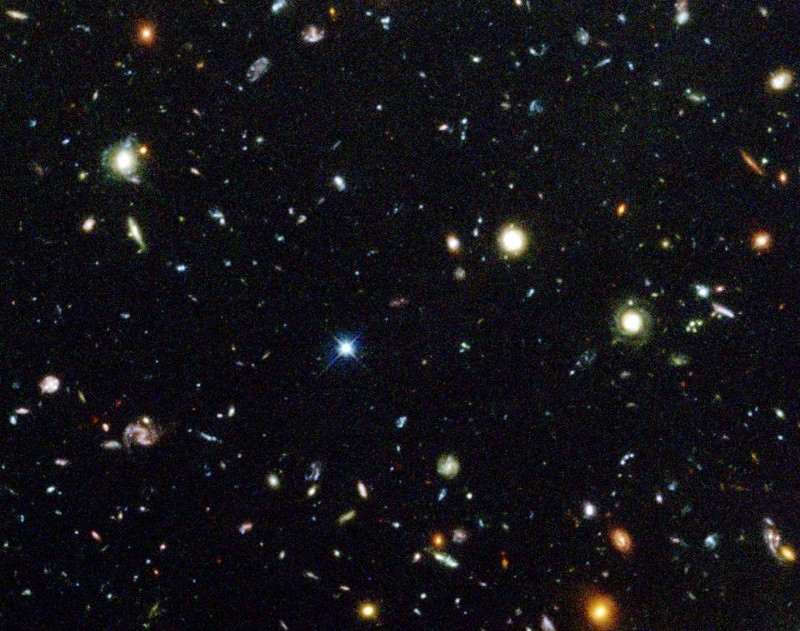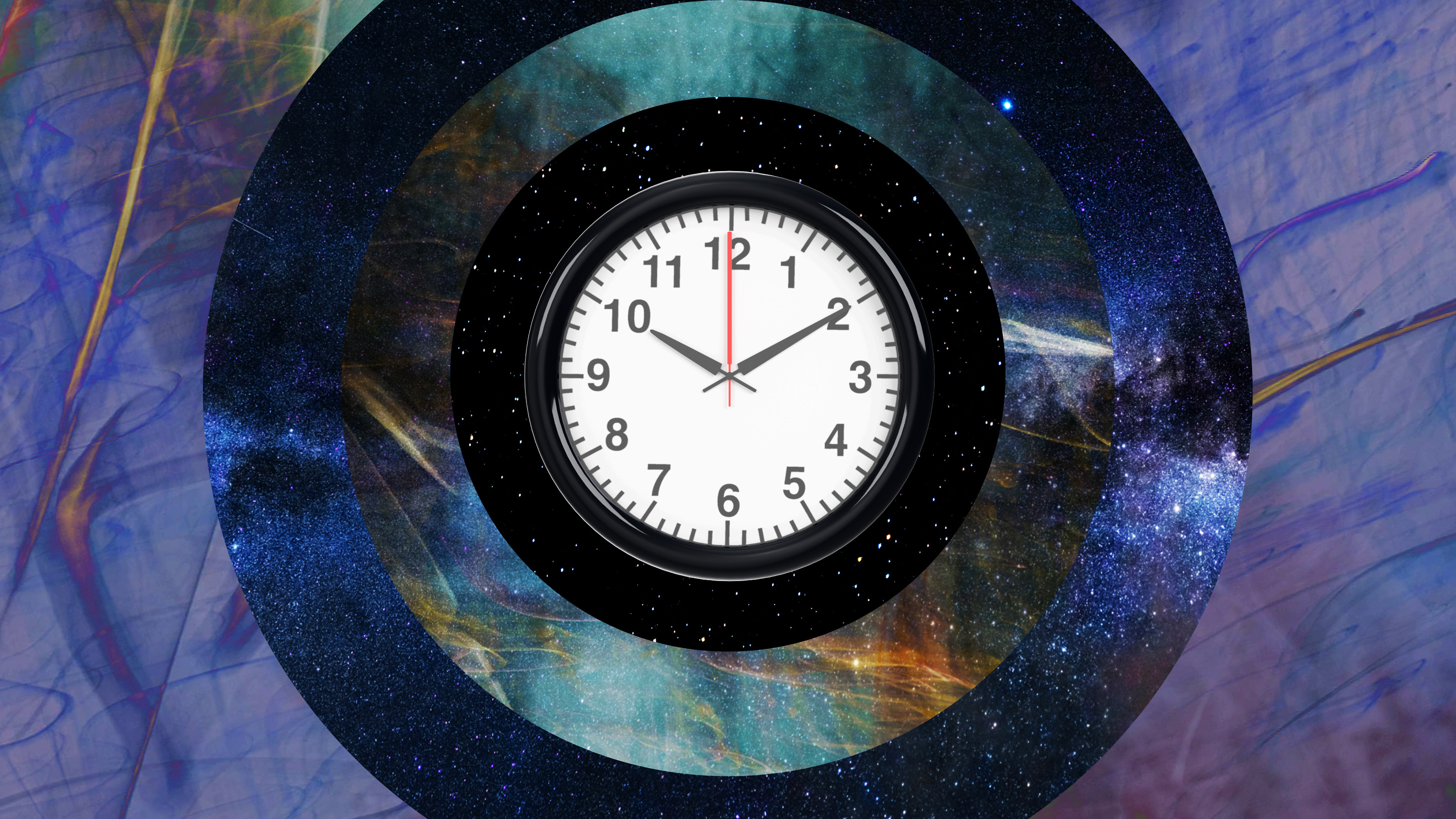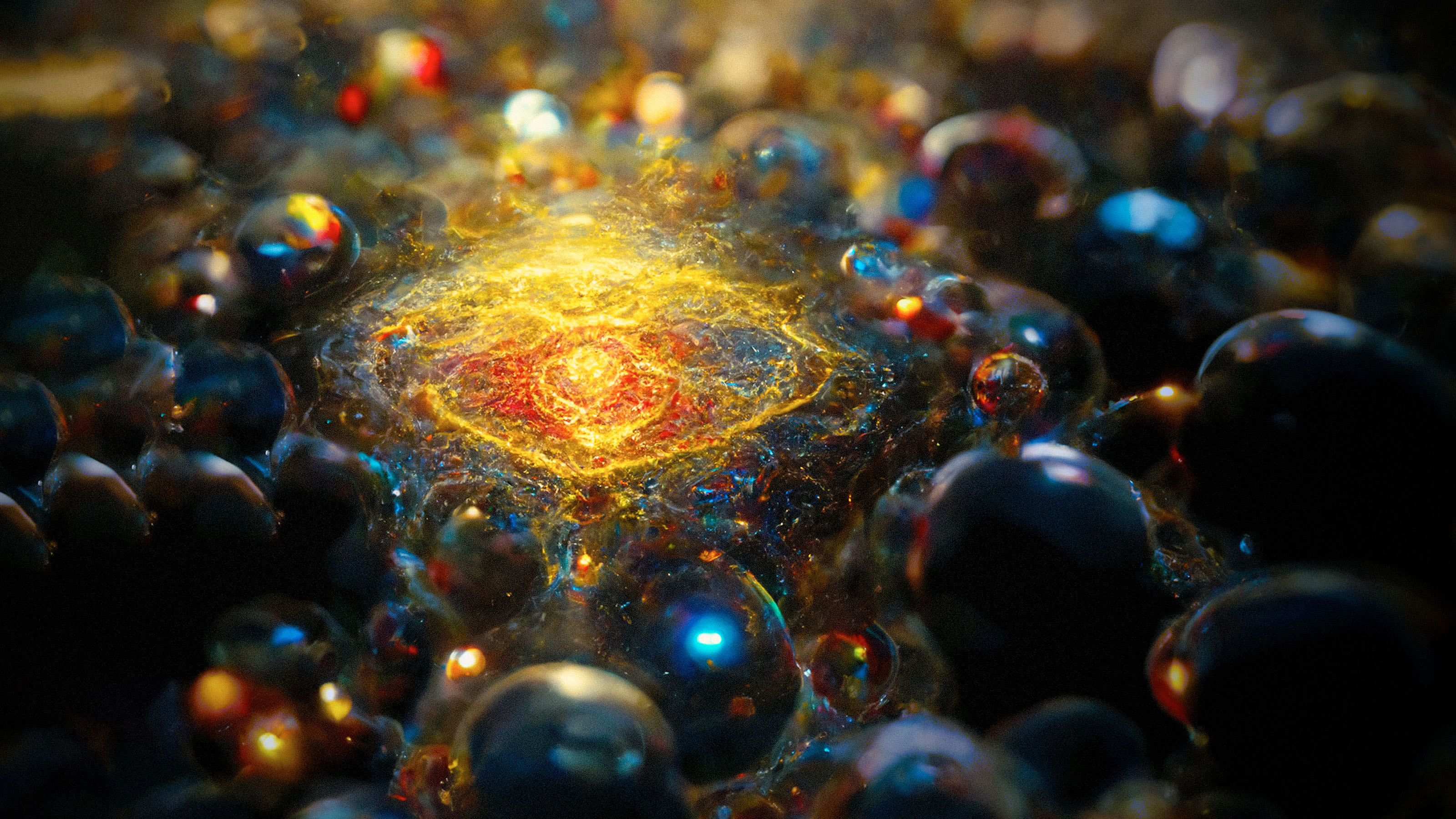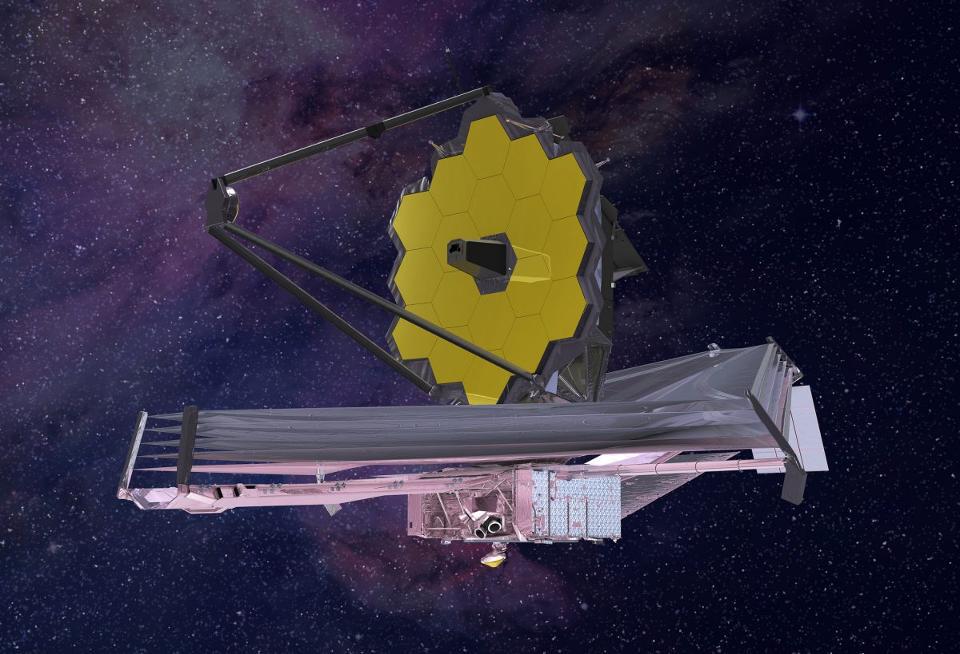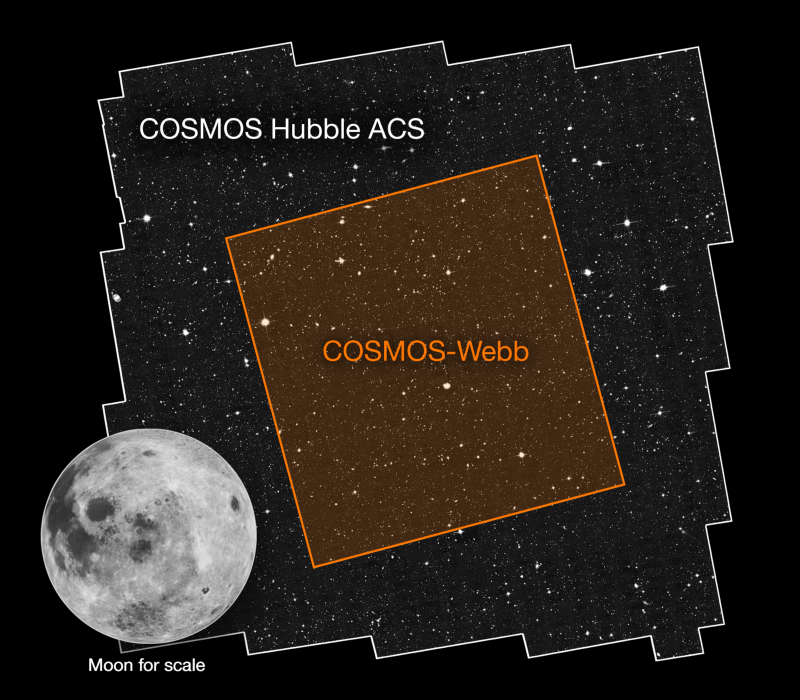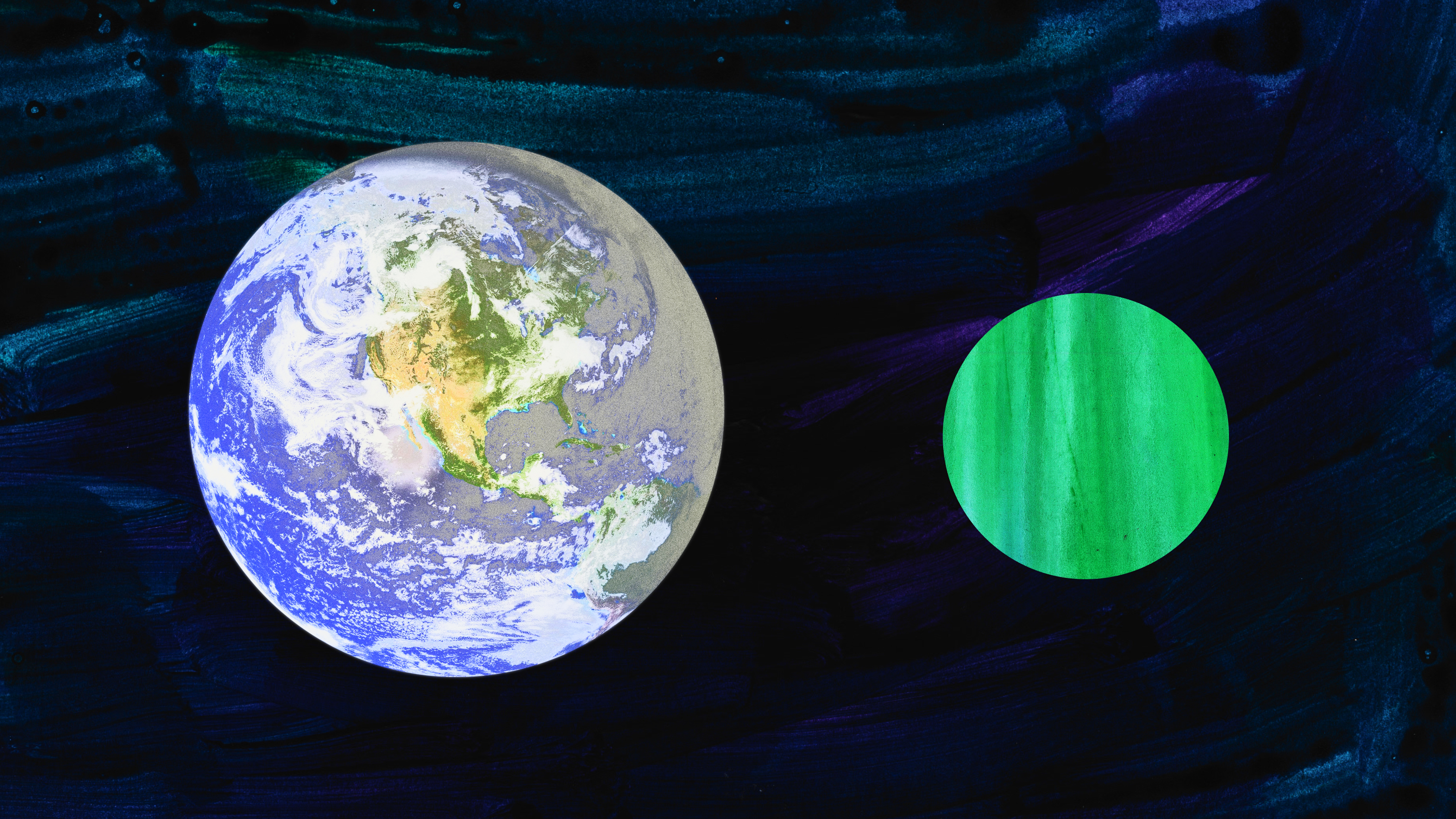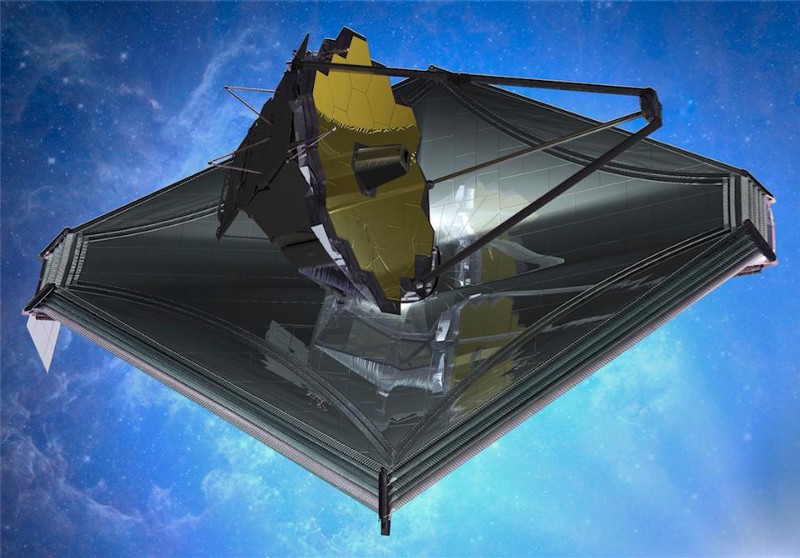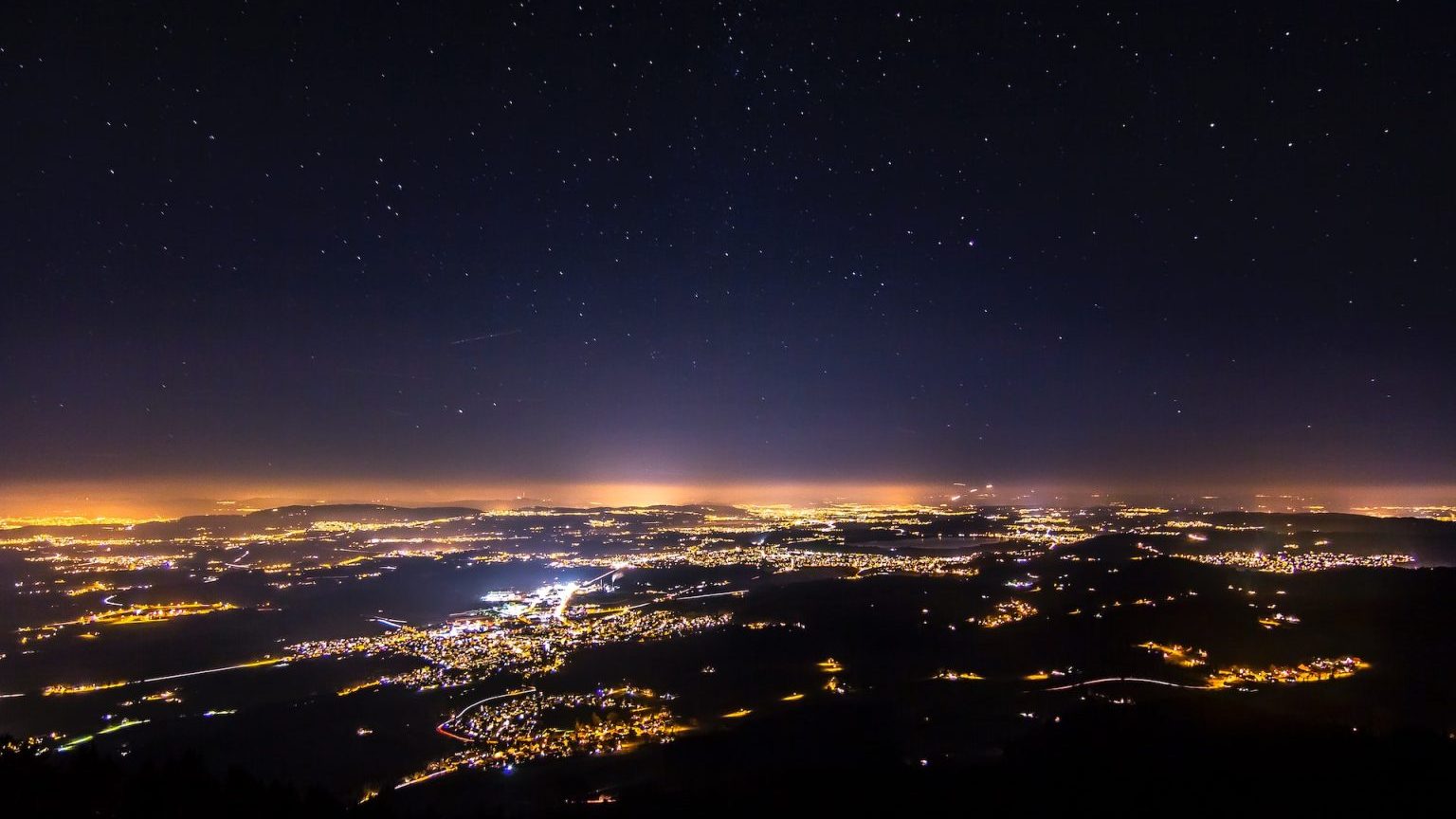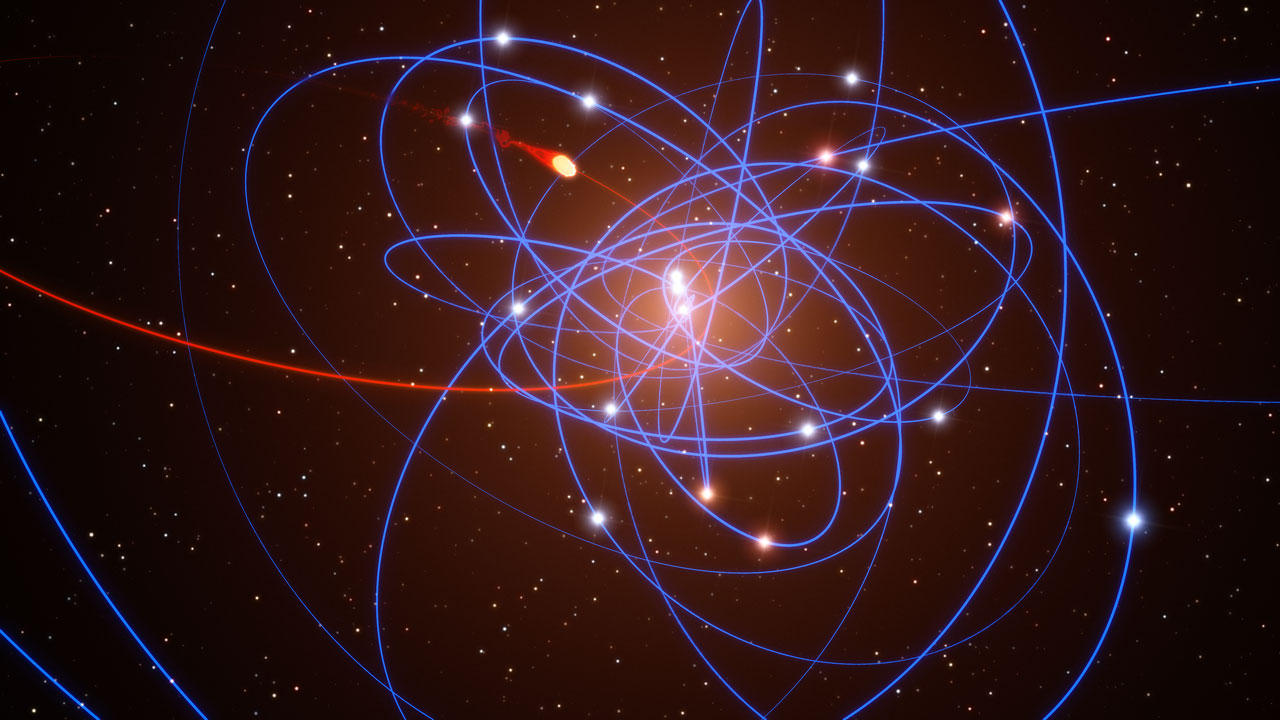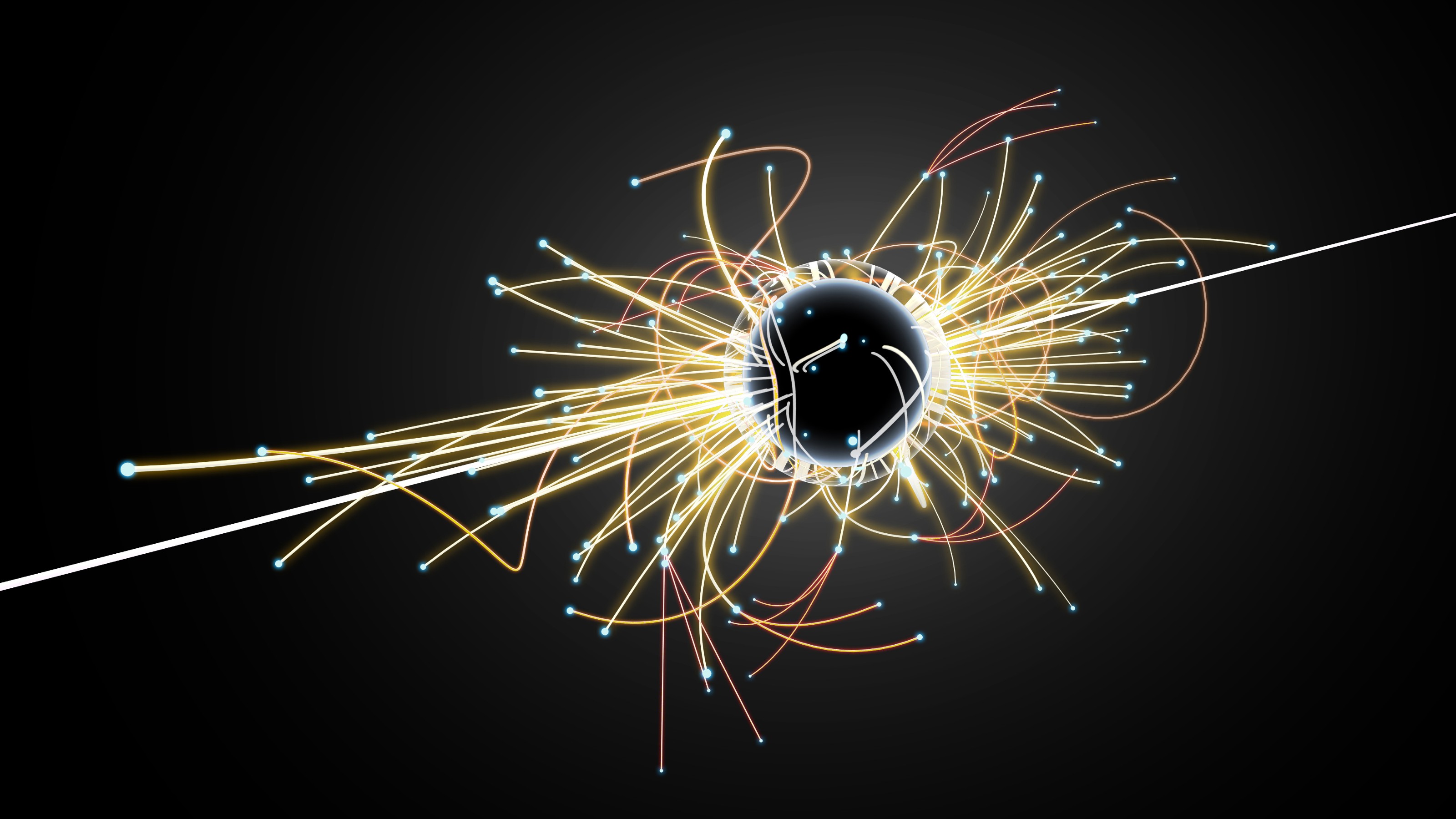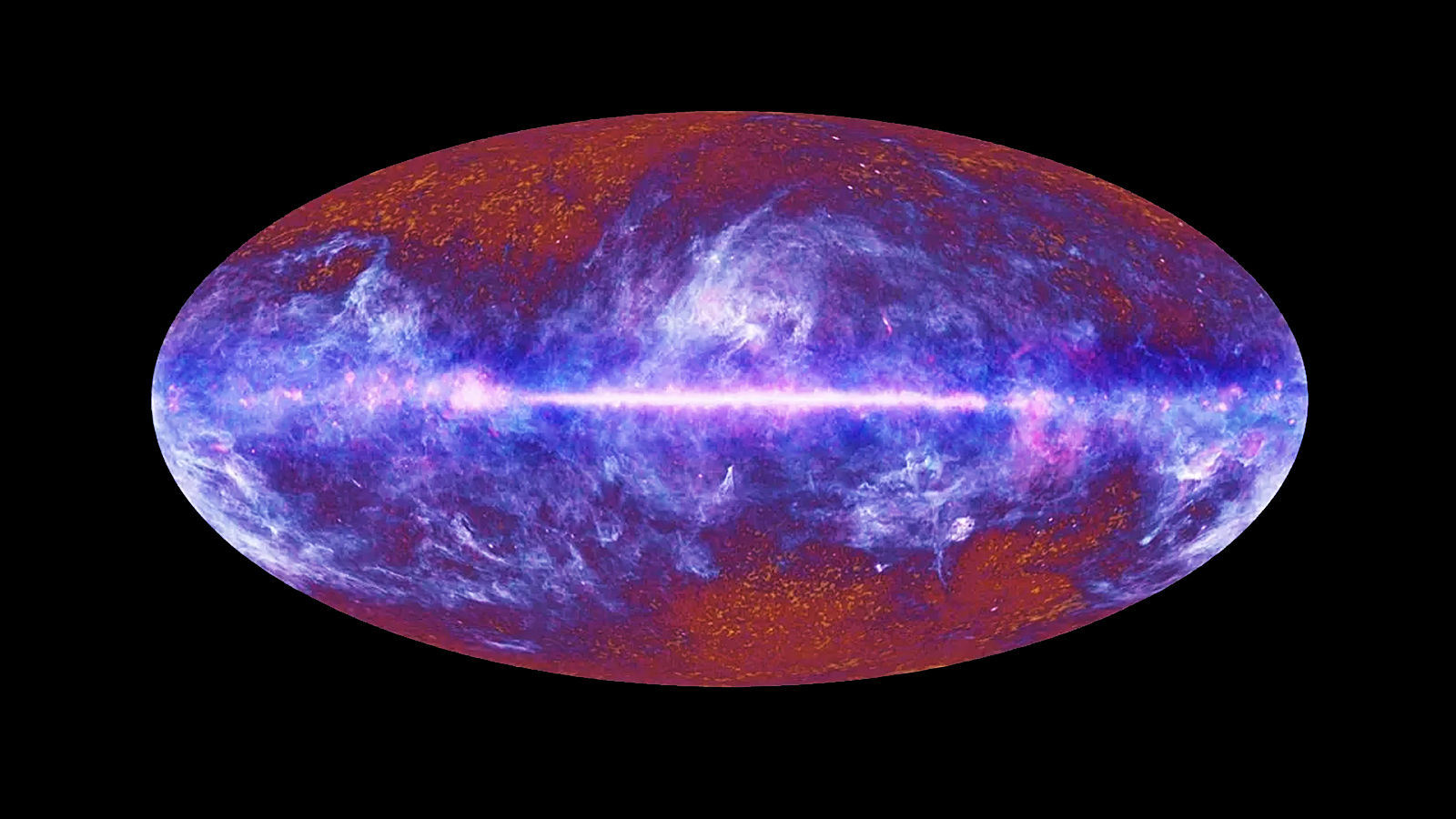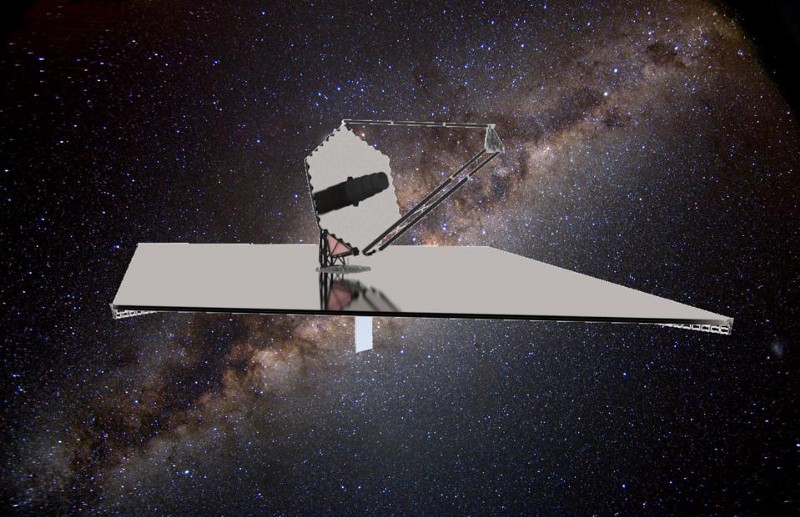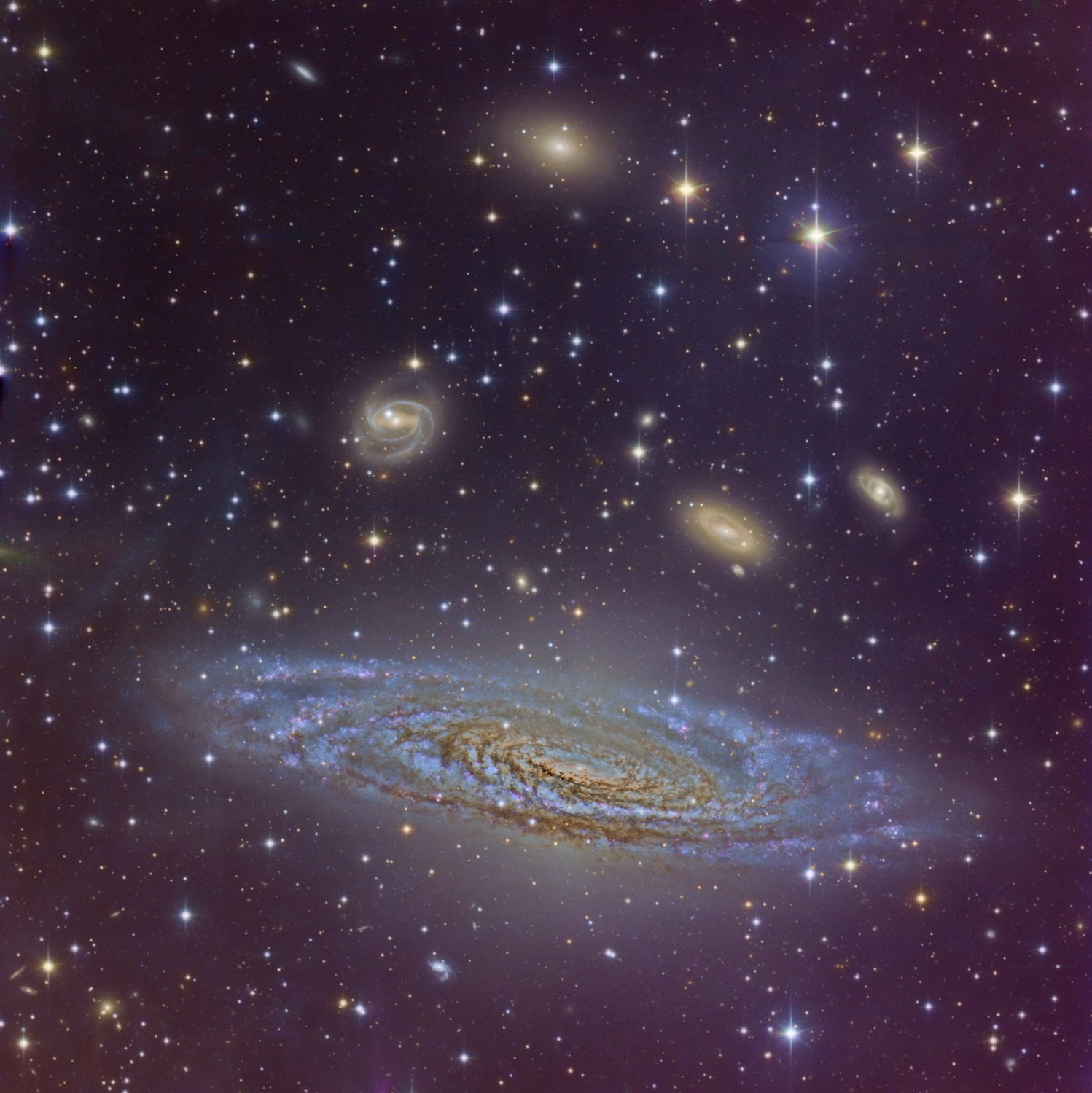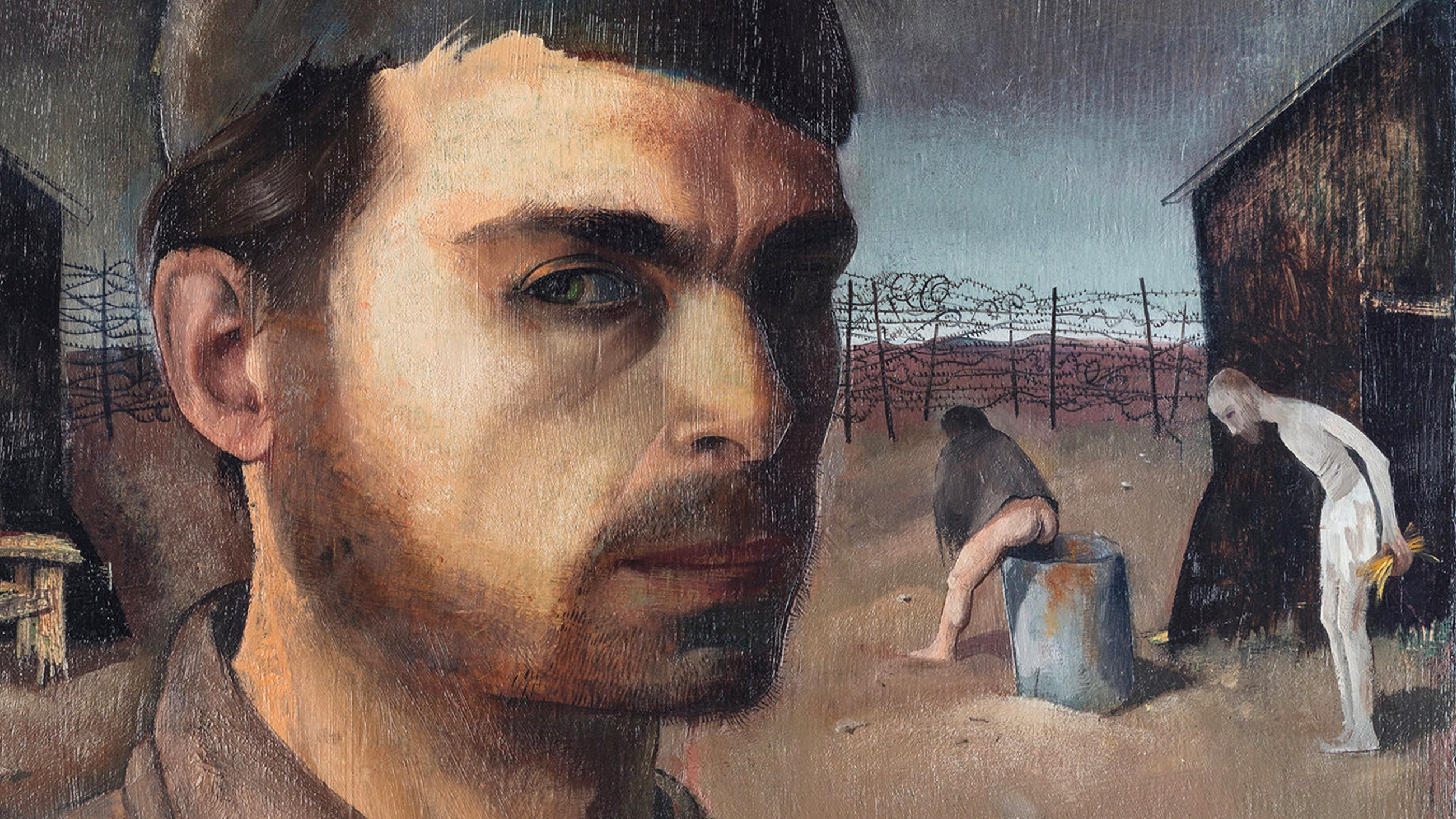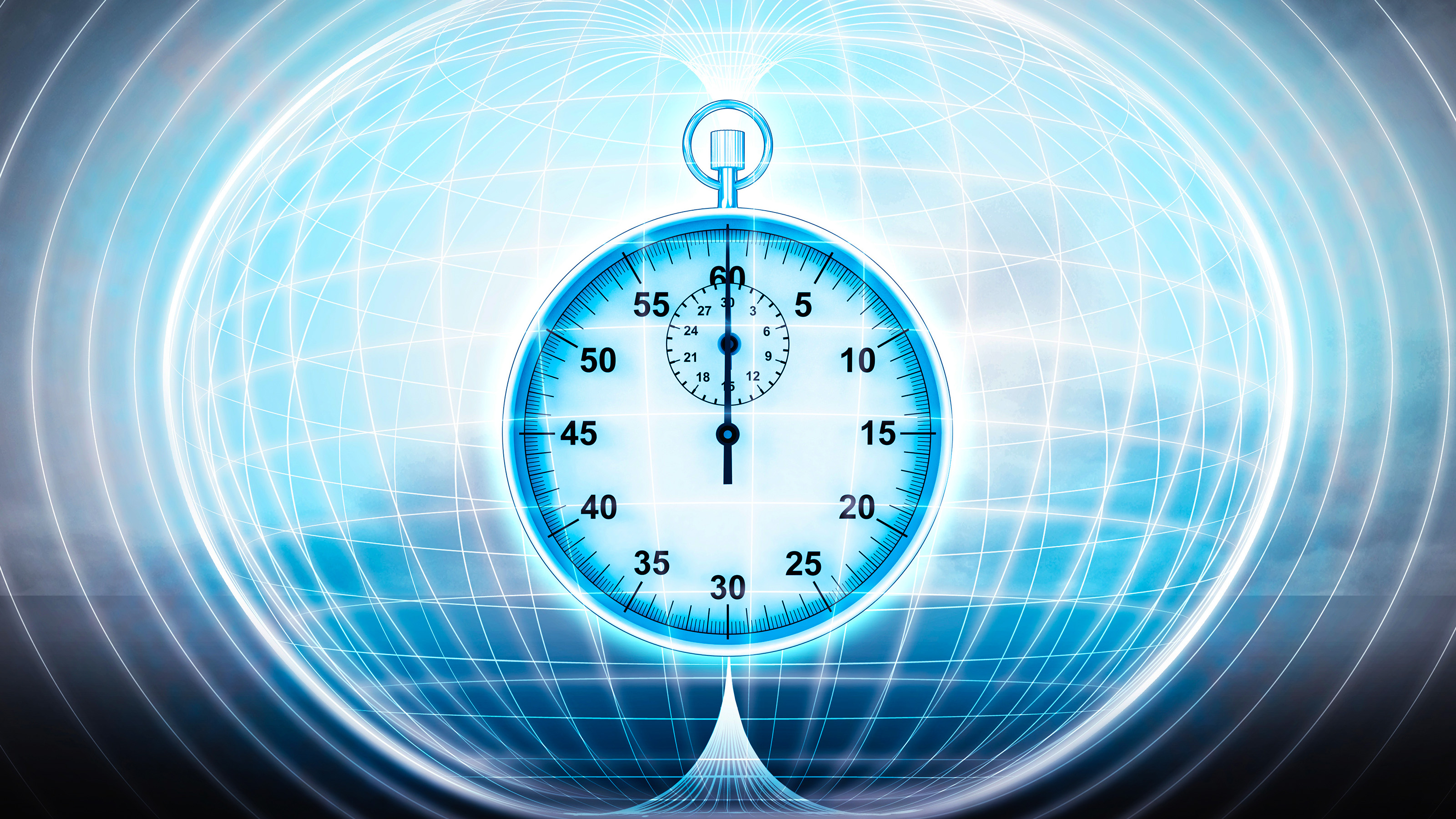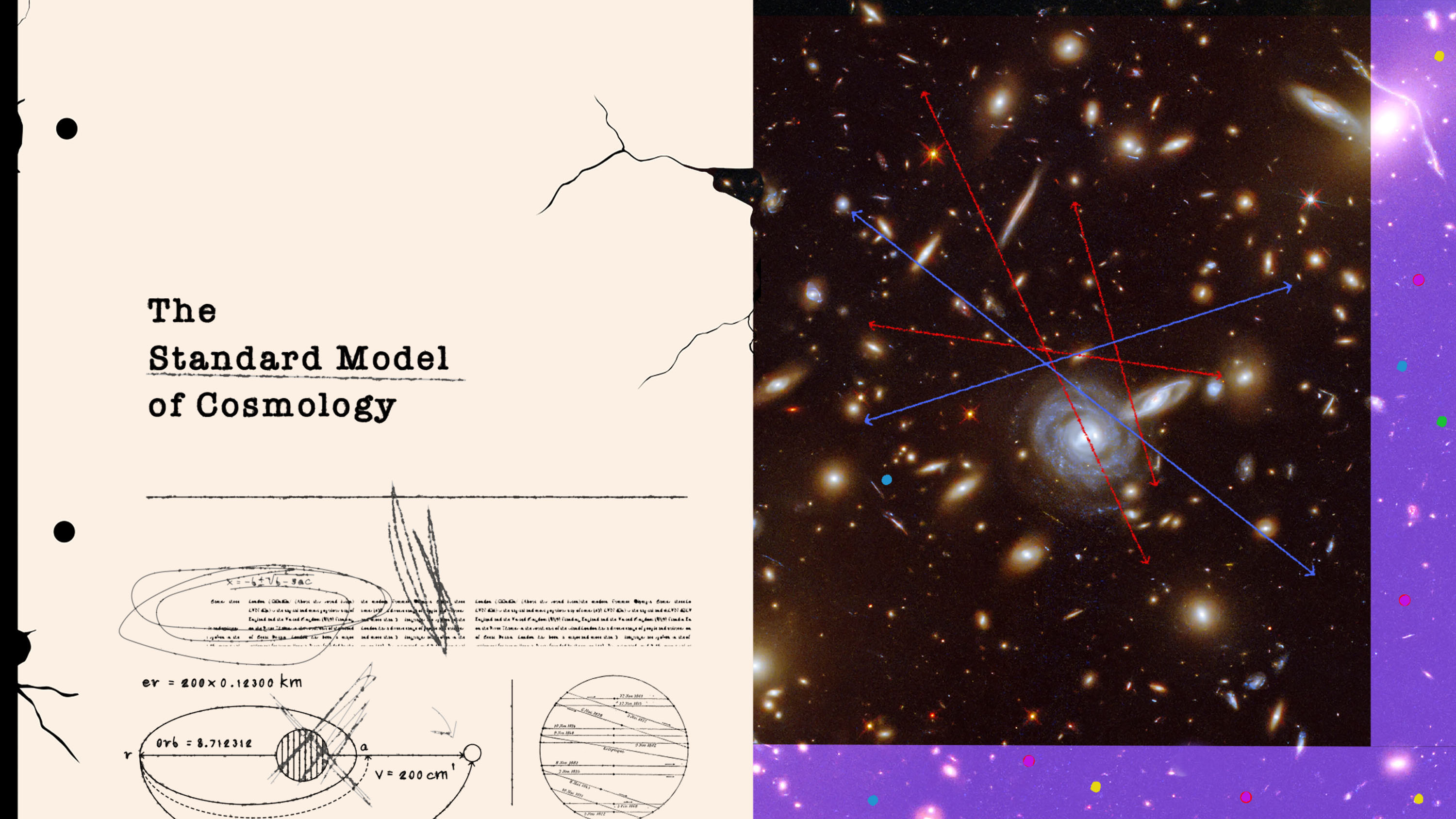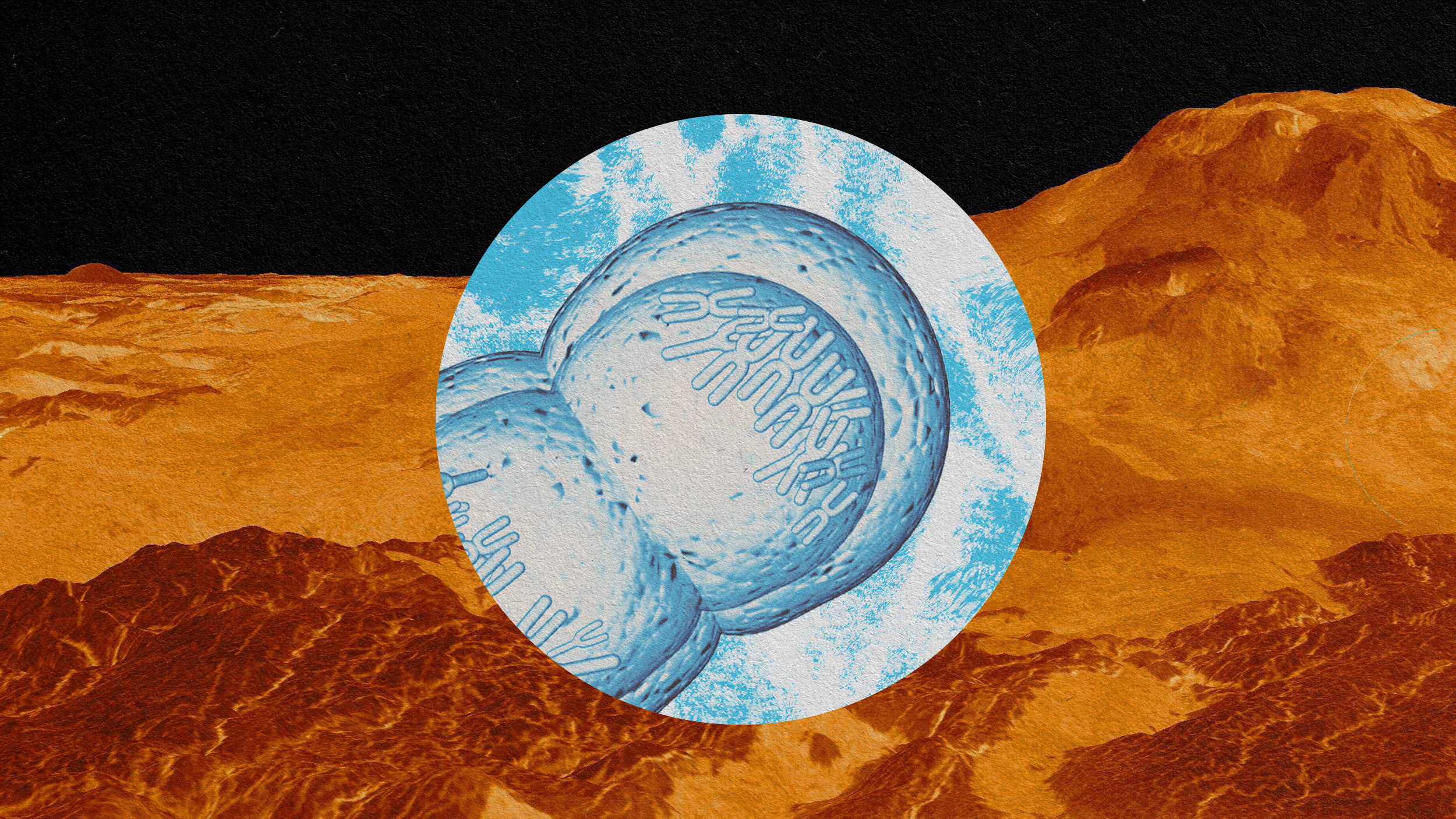One newly discovered, ancient star has a composition unlike any other. Explaining its existence is already blowing astronomers’ minds.
Search Results
You searched for: Telescope
Theory without experiment is blind, and experiment without theory is lame.
The smartest person in the world was Isaac Newton, a true polymath whose brilliance never has been, nor ever will be, surpassed.
Adams was infamously scooped when Neptune was discovered in 1846. His failure wasn’t the end, but a prelude to a world-changing discovery.
JWST has seen more distant galaxies than any other observatory, ever. But many candidates for “most distant of all” are likely impostors.
We know of stellar mass and supermassive black holes, but intermediate mass ones have long proved elusive. Until now.
Quantum entanglement may remain spooky, but it has a very practical side.
Stars orbiting black holes were observed to move significantly slower than expected. One explanation centers on dark matter.
But the upcoming James Webb Space Telescope compels us to add, “so far.” Beginning with its 1990 launch, NASA’s Hubble Space Telescope revolutionized our conception of the Universe. This photo of […]
If the evolution of the Universe is a movie, what happens when we rewind it all the way backward?
If our Universe were born a little differently, there wouldn’t have been any planets, stars, galaxies, or chemically interesting reactions.
Across all wavelengths of light, the Sun is brighter than the Moon. Until we went to the highest energies and saw a gamma-ray surprise.
From exoplanets to supermassive black holes to the first stars and galaxies, Webb will show us the Universe as we’ve never seen it before.
Hubble, our greatest space-based observatory today, is just the beginning. The Hubble Space Telescope has been astronomy’s most revolutionary observatory in history. The stars and galaxies we see today didn’t […]
“Superhabitable” planets might be real, but Earth is probably as good as it gets.
In the largest star-forming region close to Earth, JWST found hundreds of planetary-mass objects. How do these free-floating planets form?
Hubble’s still going strong after 31+ years. James Webb will never make it that long. Every decision that’s made — in both astronomy and in life — comes with its own set of pros and […]
All human development, from large cities to small towns, shines light into the night sky.
Known as hypervelocity stars, we originally thought just one would be ejected every 100,000 years. The real number is much greater.
The key problem with the dark matter hypothesis is that nobody knows what form dark matter might take.
The cosmic microwave background offers clues.
If you want to find life in the Universe, this is how you do it. When it comes to uncovering the ultimate truths about reality, we can only reap what we […]
The far infrared reveals both the coldest and hottest gas in the Universe, and can teach us what no other wavelength range can.
Omer Bartov, who spent decades studying the unspeakable horrors of genocide, shares how his studies have impacted his own mental health.
You are trapped in time. You never live in the world as it is but only as you experience it as it was.
It may be time for a cosmological paradigm shift.
The strongest tests of curved space are only possible around the lowest-mass black holes of all. Their small event horizons are the key.
There really might be extraterrestrials out there, attempting to make contact. Here’s how science, not fiction, is attempting to find them.
Exoplanet LP 791-18d is likely to have an atmosphere and liquid water.
